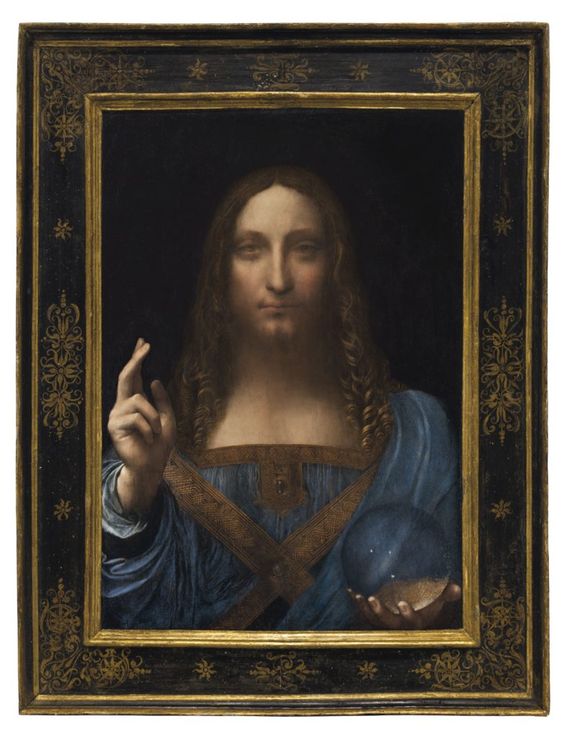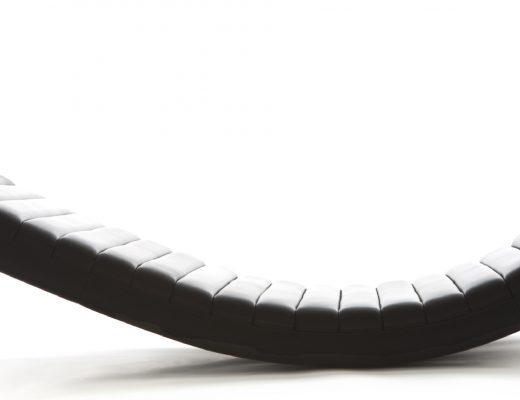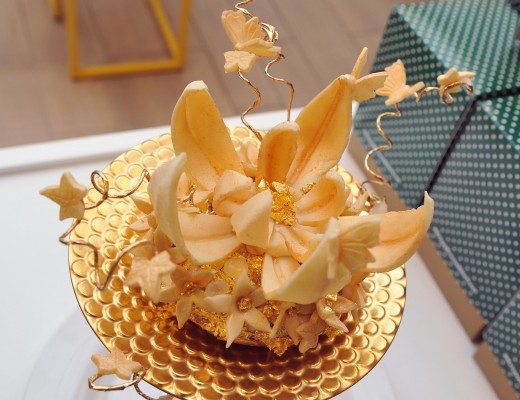Christie’s, New York.
It’s that time of the year again. Oh the bright lights of New York in November. The crowds are gathering to take in the ice skating rink under a golden art deco Prometheus, the baubles and a newly installed Christmas tree on Rockefeller. Of course some of us have come to take part in a very different sort of spectator sport, and for us it’s that time of the year again, only the most influential sale on the auction house circuit, the Evening Contemporary sale. We have turned our eyes to Christie’s to take in the offerings, the people, the installations and…. a Leonardo Da Vinci.
Yes, the latest addition to the extravaganza is a not so contemporary work by the renaissance master. It can be found situated on Christie’s ground floor, in a bizarre bout of cross marketing flanked by Andy Warhol’s Sixty Last Suppers. Whether it is a stroke of genius, or madness is open for debate, but here are the details we’ve drummed up to whet your appetite.
Salvator Mundi has an illustrious 500-year history, packed with the strange twists and turns of any work of art worth it’s salt. It is believed to have been commissioned for Louis XII of France and afterwards found a home in the famed art collection of Charles I of England. After the English restoration, it languished in gentle obscurity until the 20th century where it re-emerges as a part of the Cook collection. Minor restorations and time out of the limelight are enough to throw authorship to Bernardino Luini, a follower of Da Vinci. In 1958 it was sold at auction for £45 GBP (adjusted for inflation approximately £990 GBP) and re-emerges in the United States in 2005.
With less than twenty paintings attributed to Da Vinci, how do we know Salvator Mundi belongs to this body of work? The painting certainly has the presence and the materiality characteristic to Da Vinci’s work. It is a small work on wood panel, specifically walnut which is a signature of Da Vinci paintings. The use of lapis is also characteristic to Da Vinci, its expense, as a pigment is indicative of the esteem for the commission and artist. The painting is very appealing for its simplicity of composition, driving all the viewers attention to the sitter and orb. The meticulous, almost mathematical rendering of the textiles and curls is another indication that the authorship is Da Vinci’s, especially when compared to sketches in his notebooks. The technique to depict the paintings recession of space also point to the experimental nature of the artist, analysis shows hand prints in the modulation of the paint to create Da Vinci’s signature sfumato effects on the face. If that all sounds woolly, there is also ample scientific analysis and historical documentation to consider. Scanning techniques reveal that the painting has several corrections (pentimenti) underneath, these are nearly always indicative of an original work, as a follower would draught what they saw at the surface level. Pigment analysis shows us that everything is consistent with the period and comparison to other Da Vinci works, especially the Mona Lisa and his St. John the Baptist. Only one detail seems to be troubling experts and that is the light penetration of the orb, and its lack of reflections on the surface. On that detail we say give the man a break! Da Vinci could have many reasons for tweaking the details a bit, from wanting to create an impression of the divine and otherworldly, to perhaps even just liking the visual effect of an opaque rock crystal surface.
Estimates for Salvator Mundi (lot 9B sale 14995) is $100,000,000 USD




